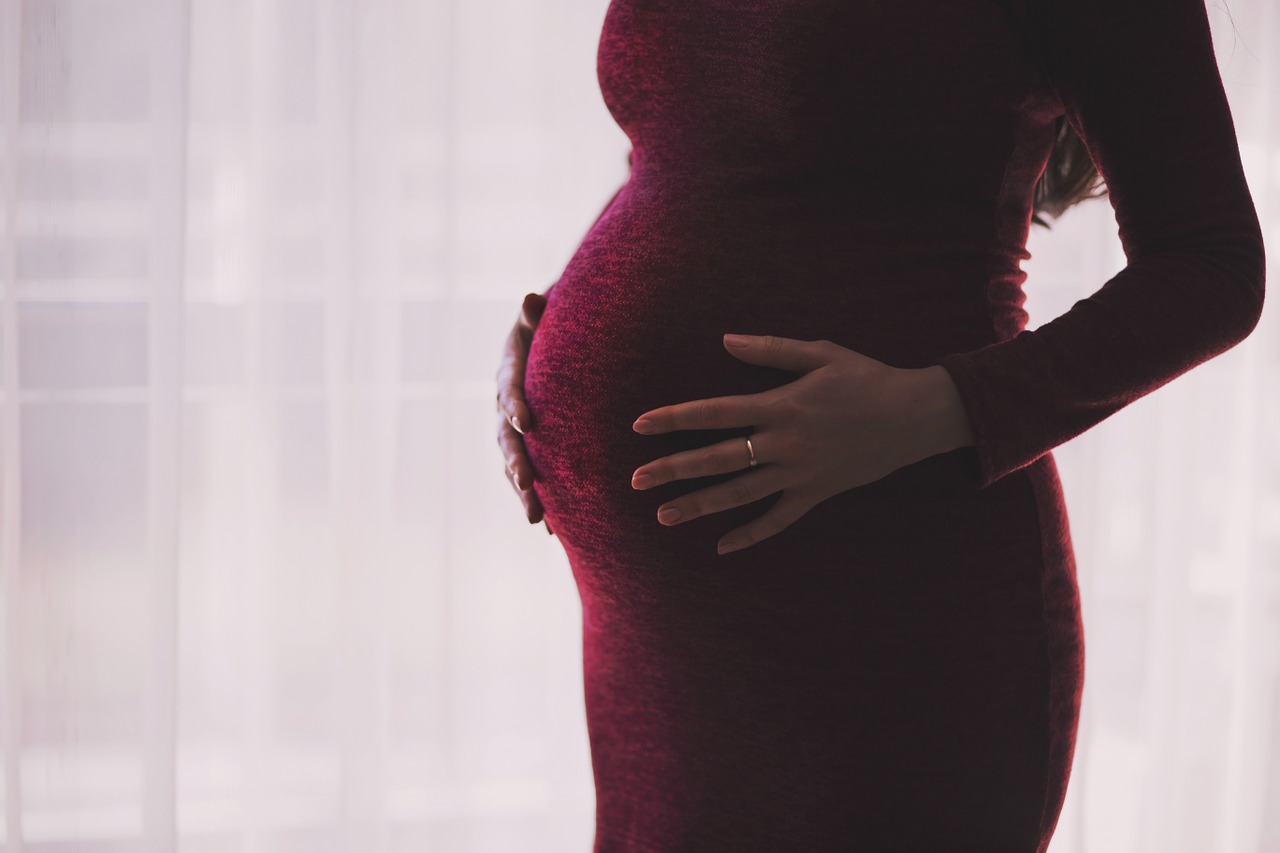
Hypertensive disorders of pregnancy (HDP) are some of the greatest mysteries of human reproduction, as they affect 10% of human pregnancies. Women are not hypertensive before pregnancy, they are no longer hypertensive after delivery, but toward the end of their gestation (third trimester), they present with harmful high blood pressure.
Some hypertensive states are associated with organ failure: this is known as PREECLAMPSIA. In 3-5% of human pregnancies, HDPs are associated with renal injuries (appearance of a leak of proteins in urine, proteinuria), liver injuries (“HELLP syndrome”), but also possibly brain injuries that cause convulsions (epilepsy, ECLAMPSIA). Worldwide, preeclampsia contributes to some 50,000 maternal deaths during pregnancy and delivery per year, according to the World Health Organization.
The main mystery of this “cocktail of preeclampsia” is that the only known definitive cure for these troubles is…. to interrupt the pregnancy, and then induce the birth of the fetus (even if the fetus is severely premature). In high-income countries, physicians decide to induce birth by cesarean section in pregnancies of 27 or 29 weeks gestation, for example, mainly to save the life of the mother, or if the patient presents signs that she will develop eclampsia (epilepsy, convulsions). This is not the case in poor (“low-income”) countries, where there is no method to manage extreme premature babies born at 26 weeks, for example. But, then, often, women develop brain injuries and epilepsy crises. The WHO evaluates that there are approximately 500 to 600,000 eclampsia cases per year on this planet (in low-income countries mainly).
In our study, “Increased BMI has a linear association with late-onset preeclampsia,” we found that, in an insular population of Reunion Island (a French overseas department in the Indian Ocean), with a huge cohort of preeclamptic women (1,700 cases) and 71,000 control women (normotensive), late-onset preeclampsia only, and not early-onset preeclampsia, is associated with a linear increase with overweight, moderately or more severely obese women (who were corpulent at the beginning of their pregnancies).
Preeclampsia is divided into two sorts: the most severe form is “early-onset preeclampsia” (EOP). The disease appears before the 34th week of gestation (8th month), with important consequences for the newborn (severe prematurity). Late-onset preeclampsia (LOP), by definition, occurs in women at the 34th week and onward (8 months plus). It is much preferable to induce delivery after the 8th month, namely because with modern interventions, 100% of newborns will survive without complications.
The good news is that, by far, late-onset preeclampsia (LOP) is the more common form of preeclampsia, accounting for 90% of preeclamptic cases in high-income countries and 70% in low-income ones. The fact that LOP is specifically associated with maternal corpulence (and not EOP) may then, first, explain the recent debate as to why LOP represents 90% of the disease in high-income countries and not in poor ones. Second, and importantly, this association will focus medical research rather on maternal metabolism (carbohydrate and lipid metabolism) and could, in the short term, propose solutions to lower the epidemiological incidence of preeclampsia.









